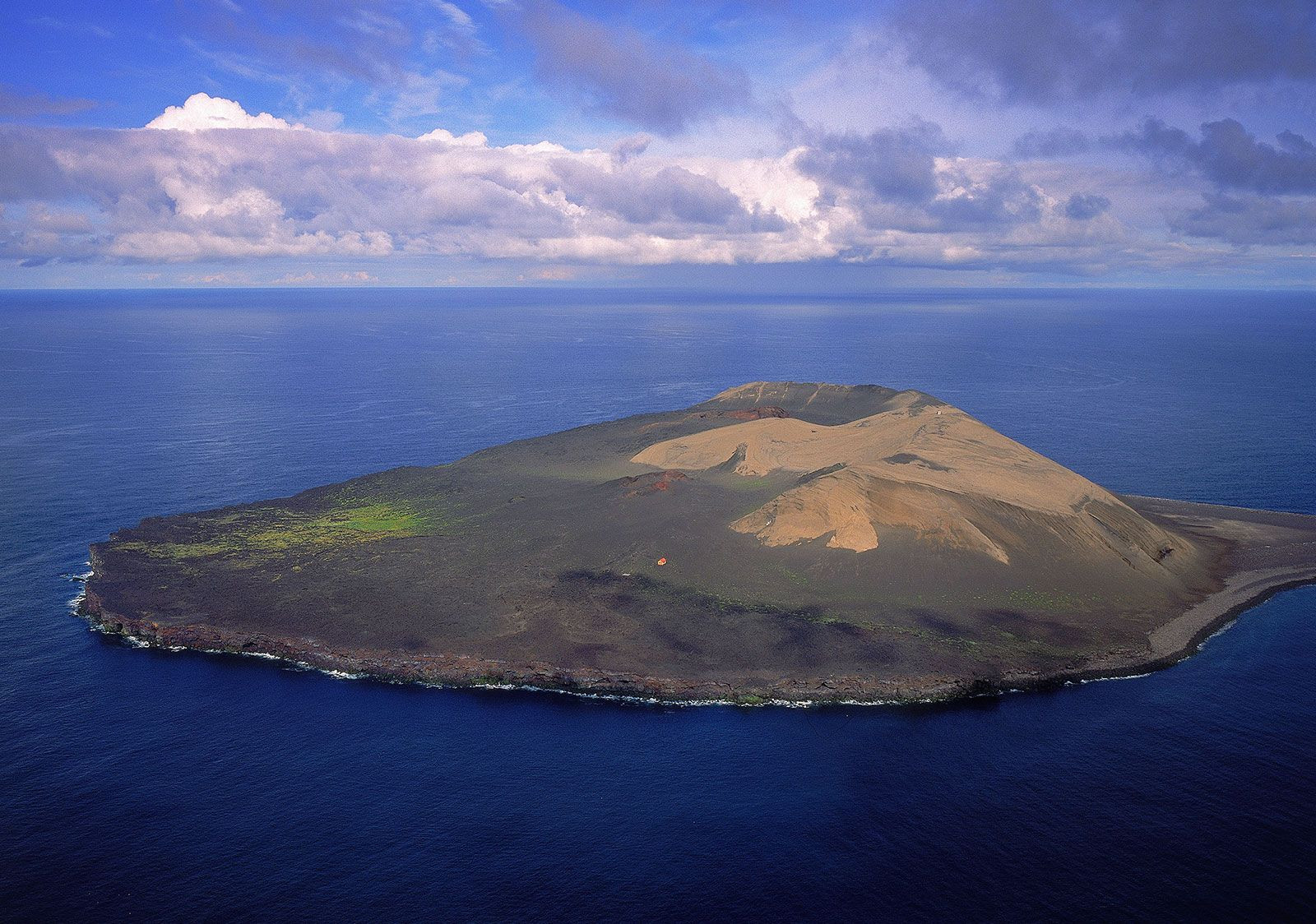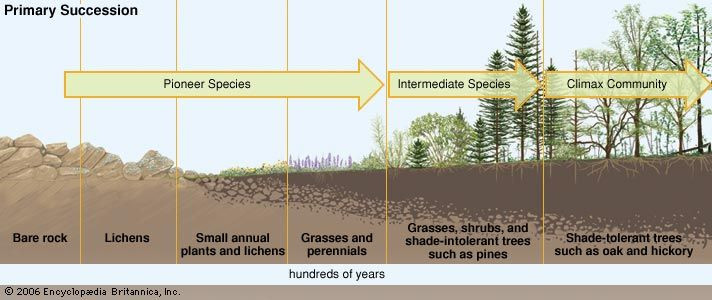In the realm of ecology, the term “pioneer” carries significant weight, referring to the first species to colonize barren environments or ecosystems that have been disrupted. These hardy organisms, known as pioneer species, play a crucial role in initiating ecological succession, paving the way for more complex and diverse communities to establish themselves. Understanding the Definition Of Pioneer species is fundamental to grasping the dynamics of ecosystem development and resilience.
Pioneer species are often characterized by their ability to withstand harsh conditions and their rapid reproductive rates. They are typically the first to arrive in areas devoid of life, such as volcanic islands, land exposed by retreating glaciers, or areas ravaged by wildfires. These environments are often characterized by nutrient-poor soil, limited water availability, and extreme temperatures. Despite these challenges, pioneer species thrive, modifying the environment in ways that make it habitable for subsequent species.
 Surtsey Island, Iceland, showcasing pioneer species colonizing a new volcanic environment
Surtsey Island, Iceland, showcasing pioneer species colonizing a new volcanic environment
A prime example of ecological colonization by pioneer species is observed on Surtsey, a volcanic island that emerged from the Atlantic Ocean in 1963. Initially barren rock, Surtsey was rapidly colonized by pioneer plants such as sea rocket, sand ryegrass, and mosses. These early colonizers were instrumental in initiating soil formation and nutrient cycling on the island, transforming a lifeless landscape into a habitat capable of supporting a wider array of life.
Microorganisms, including bacteria, are frequently the earliest pioneer species to arrive in newly formed environments. They can colonize bare rock surfaces and glacial ice, initiating the process of nutrient cycling even before visible plant life appears. Lichens, symbiotic partnerships between fungi and algae, are also prominent pioneer species. They secrete acids that break down rock, contributing to soil formation, and fix atmospheric nitrogen, enriching the soil’s fertility. Mosses further contribute to this process, their decomposition adding organic matter to the developing soil.
 Primary ecological succession stages, illustrating pioneer species transforming barren rock into a climax community
Primary ecological succession stages, illustrating pioneer species transforming barren rock into a climax community
The process initiated by pioneer species is known as primary ecological succession. As pioneer species modify the environment, they create conditions suitable for other species to colonize. Wind and water disperse seeds and spores of grasses and ferns, which establish themselves in the newly formed soil. These secondary colonizers further alter the habitat, increasing shade and changing soil composition, making way for intermediate species like shrubs and eventually trees. This succession culminates in a climax community, a stable and mature ecosystem.
In conclusion, the definition of pioneer species extends beyond simply being the first inhabitants. They are ecosystem engineers, playing a vital role in transforming inhospitable environments into thriving ecosystems. Their resilience, adaptability, and environmental modification capabilities are essential for ecological succession and the development of biodiversity in new or disturbed landscapes. Understanding pioneer species is key to appreciating the intricate and dynamic processes that shape our natural world.

